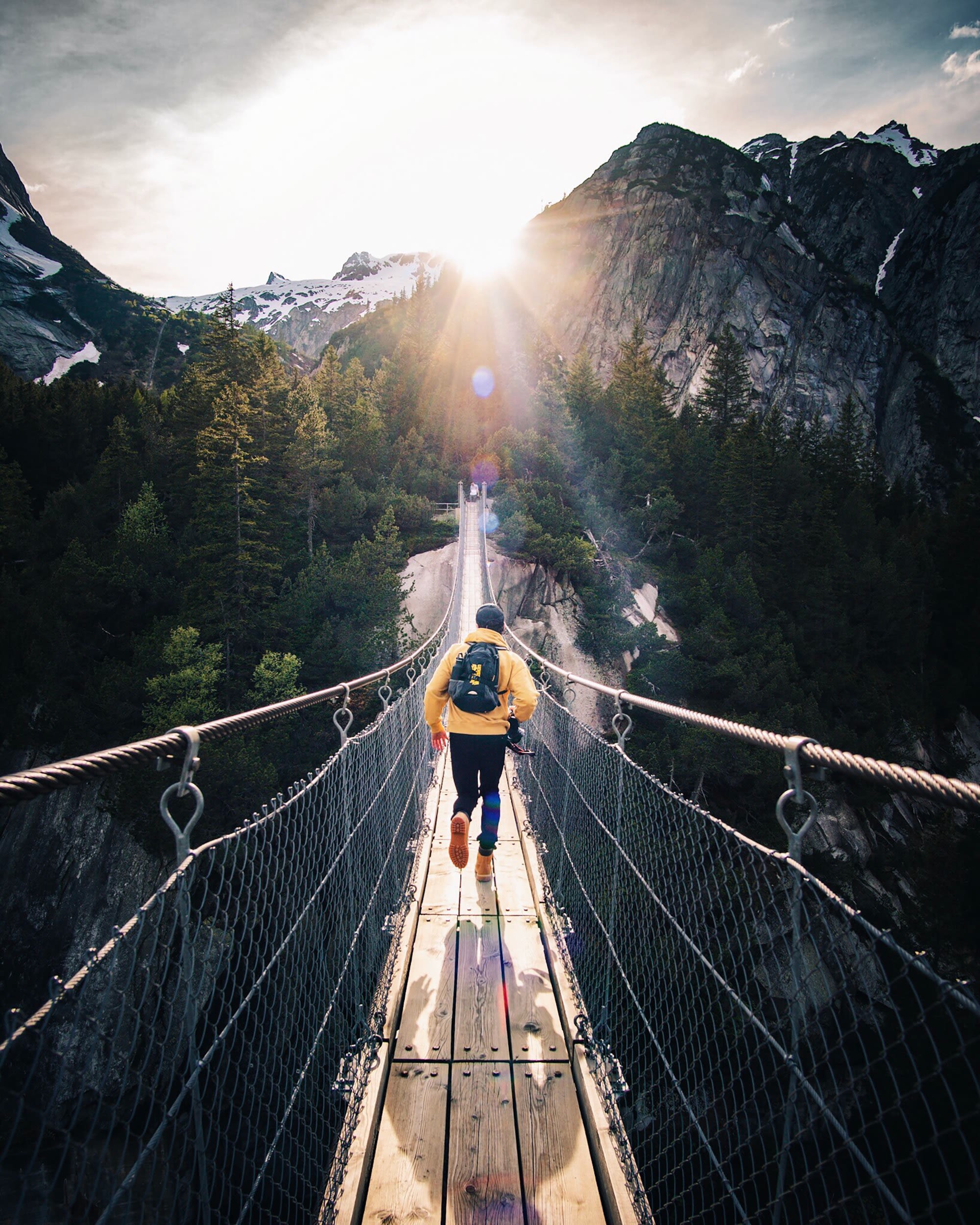6 gorgeous travel writing examples

Our world is a tapestry of landscapes — from serene alpine lakes and misty cloud forests to the storied streets of cobblestoned cities.
The best travel writers can transport readers to far-flung destinations and introduce them to new cultures and experiences. Good travel writing can be an insightful, thought-provoking, and even life-changing genre.
With interactive content platforms, it’s possible for travel writers to create truly immersive reading experiences online. Below, this guide introduces six ideas — and examples of travel writing — to help you create beautiful, interactive travel stories.
Whether you're a beginner travel writer, a publisher, destination marketer, or freelance travel blogger, we've got plenty of inspiration to get you started.
With helpful examples for each section, we'll cover:
What do Tripadvisor, Wanderlust, and Mansion Global have in common?
They publish stunning, immersive travel stories with Shorthand. And so can you!
Sign up now.
The features of great travel writing

The best travel writing is unique, but there are still some general guidelines you’ll want to follow to make your travel writing stand out from the pack. Here are some travel writing tips to help you compete with the best examples of the genre.
- Have a point of view. Great travel writers — from the travel books of Bill Bryson and John Steinbeck to the documentaries of Paul Theroux — all have very specific points of view that are difficult to copy. Find your voice, and your travel articles will truly sing.
- Take great photos. The best travel writing is visually immersive, using high resolution images and video to engage the reader’s senses. Even if you’re not creating a digital magazine or photo essay, modern travel writing relies of great visual assets.
- Use multimedia content. If you can, create audio and video assets, too, and consider building out your story with a digital storytelling platform to use interactive features. Embed podcasts and clips to keep the reader engaged.
- Learn from the best. Keep track of longform feature stories in the New York Times and the Washington Post, and steal their techniques. (Good travel writers borrow, great travel writers steal, to butcher T.S. Eliot.)
- Create a beautiful web presence. We love the print Lonely Planet travel guides, but these days you need to produce stunningly engaging content on the web. Standards are high, but you’d be amazed what kinds of design layouts you can do with modern interactive content platforms.
- Provide a sense of adventure — even if you’re not strictly doing ‘adventure travel’. Whether you’re writing a first person travel memoir or writing about your backpacker’s trip through the Amazon, you want to keep your reader engaged with your travel experiences.
- Make it educational. Teach the reader something new about the world they’re exploring.
- Edit your work. The best travel writers kill their darlings and pay attention to details — hello, commas — knowing that this is how the best work is created.
Want to improve the efficiency of your writing process? Check out our list of the best writing tools.
1. Zoom in

Inspire readers and move them to action by exploring a location's unique history and culture. By focusing on just one place, your readers get the chance to experience it deeply through your words and imagery.
Echoes of the Ancestors appears in Northern Soul, the travel magazine of Canadian travel company Landsby.
It explores the Land of Ancestors, or Thaidene Nëné in the local Indigenous language.
With boating, fishing, foraging, and camp cooking on the beach, this is an in-depth look — using full-width video, media galleries, rich photography, and great writing.
Looking for more inspiration? Check out our roundup of ten stunning photo essay examples.
The right images can make a story feel polished and inspired.
The right images can make a story feel polished and inspired.
2. Time travel to historic attractions

Taking readers back through historical moments is a great way to achieve more depth in your stories.
On the Trail of King Arthur, by English Heritage, uses scrollpoints to take the reader on a tour of historical sites throughout Great Britain, in a story that blends real events and places with myth and legend.
Our Scrollpoints section allows animations like this to be controlled by the reader's scrolling.
Our Scrollpoints section allows animations like this to be controlled by the reader's scrolling.
With Shorthand, remember that you always have the option to add custom HTML to add further customisations to your stories. See a list of our recommended third party tools in this support document.
3. Hit the highlights with a listicle

Not every trip allows for the luxury of time. In order to get the point across, sometimes a quick and to-the-point listicle is all that's necessary to deliver a clear and time-efficient message.
Christie’s look at five spectacular wineries from around the world gets right to the point of each. With one full-width photo, a short passage of text, and one secondary photo for each travel destination, it is a quick whirlwind tour that gets readers interested in some international travel.
Creating a unique online travel story can seem like a daunting task, but Shorthand's many easy-to-use features exist to help make your stories exceptional. There are thousands of destinations waiting to be written about, and we can't wait to see where your stories take us next.
There are many ways to customise a Shorthand story to serve as a landing page.
There are many ways to customise a Shorthand story to serve as a landing page.
4. Keep it practical

Travel stories don't always need to inspire wanderlust, or transport readers to far-flung destinations. Some of the most effective and important travel stories simply provide practical advice — whether that's how to exchange currency, say 'thank you' in a foreign language, or avoid danger.
Travel Weekly's story Traveling While Female explores how female travellers can stay safe, and uses data to stress the importance of improving women's safety abroad. By displaying the data as interactive graphics, Travel Weekly draws extra emphasis to key statistics.
Make your data memorable by giving it special emphasis.
Make your data memorable by giving it special emphasis.
5. Bring it all together

When you've written a couple of beautiful travel stories, what's next?
Tie together your creative vision by consolidating your stories into a single landing page. You can use Shorthand to create a home for all of your stories, whether that's by using our Collection section or by including links in other section types.
For example, Luxury Travel nests all of its feature content within a Shorthand story. The page takes advantage of our media-rich sections to create a scrolling archive of their beautiful travel stories.
Consolidate your features in a single Shorthand story.
Consolidate your features in a single Shorthand story.
There are myriad ways to turn a Shorthand story into a landing page. Here's another example from Perth Now, which takes a simple, colourful approach.
There are many ways to customise a Shorthand story to serve as a landing page.
There are many ways to customise a Shorthand story to serve as a landing page.
6. Immerse your reader with multimedia

When words and photos simply aren't enough to convey the complexity of a travel story, add another layer of reader engagement using various forms of media.
The Sydney Opera House story A Guide to Dance Rites uses multimedia to bring indigenous culture to life. With elements like animation, slideshows, and embedded audio clips, readers can feel fully immersed in one of Australia's most traditional dance competitions.
Embed your own code to add further customisation to your story.
Embed your own code to add further customisation to your story.